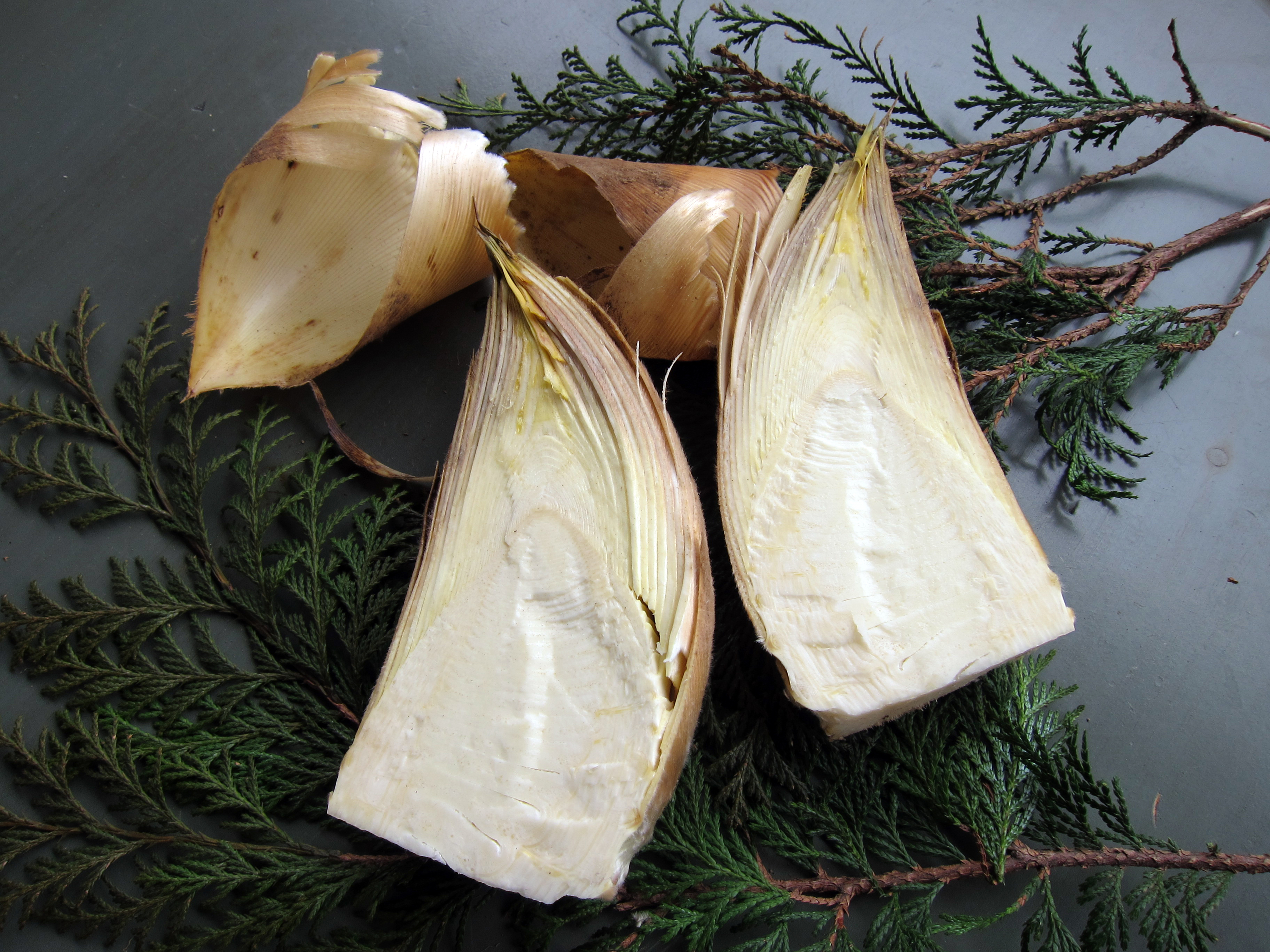Few plants are as useful as bamboo. A member of the grass family, it is fast growing and very prolific given the right growing conditions, which makes it eco-friendly too.
The bamboo plant is indispensable in the Japanese kitchen, where every part of it is used. The leaves and bark are employed as wrappers, as well as in cooking. (Those little green leaf-shaped pieces of plastic called baran that are used as a divider in bentō boxes and takeout sushi are designed to emulate the shape of bamboo leaves — better sushi places still use the real thing.) The stalks of the plants are used as food containers, and thin skewers made of bamboo are used for everything from yakitori chicken to testing if your cake is done. So many kitchen implements are made from bamboo that it's impossible to list them all, but it's particularly hard to imagine making proper sushi rolls without a makisu, a bamboo sushi roll mat.
Although the tender bark is edible too, the most widely eaten parts of the bamboo plant are the shoots, which grow underground in the spring. Edible bamboo shoots are mentioned in the Kojiki, which was written in the early 8th century, but they weren't widely eaten until the mid-1600s (early Edo Period), when a tender variety called mōsōchiku was introduced from China.


















With your current subscription plan you can comment on stories. However, before writing your first comment, please create a display name in the Profile section of your subscriber account page.